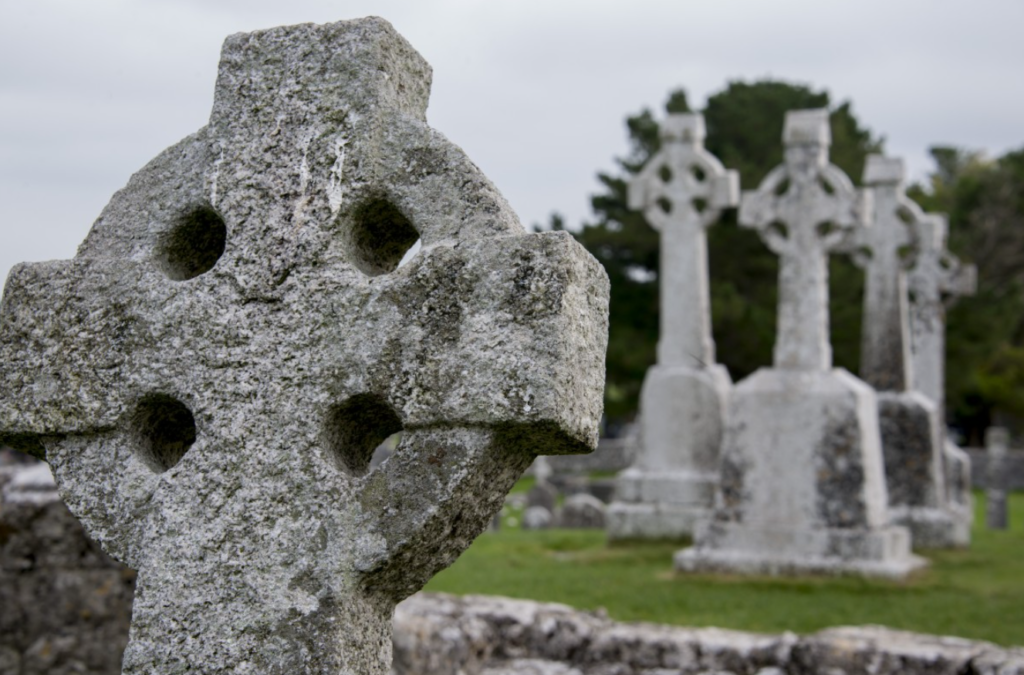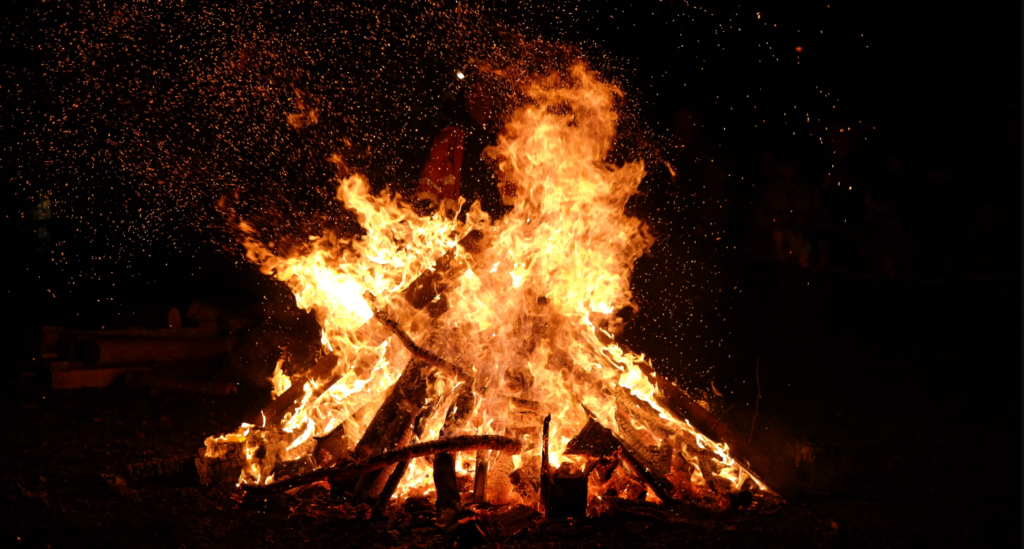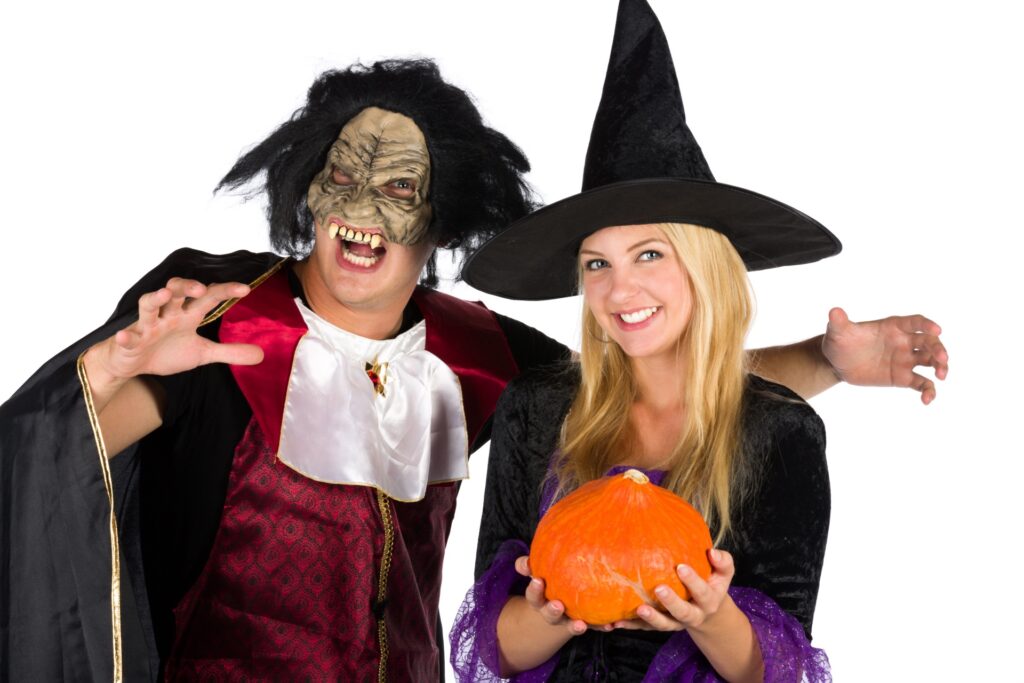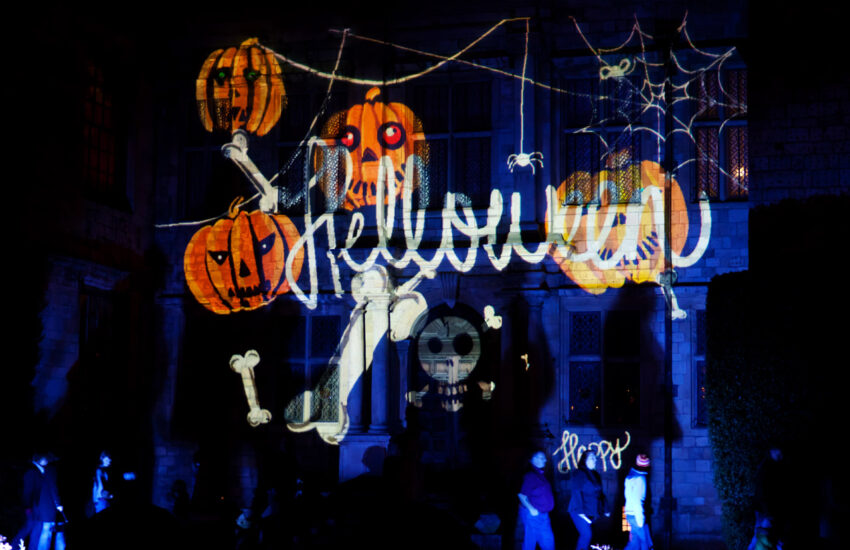Halloween is a holiday celebrated every year on the night of October 31st. The day has ancient origins that can be traced back to the ancient Celtic festival of Samhain. Halloween, as we know it today, has evolved over centuries of time and has taken on various forms in different parts of the world. From its humble beginnings as a harvest festival to its present-day commercialization, Halloween has undergone an evolution that is worth exploring.
The Origins of Halloween

The origins of Halloween can be traced back to the ancient Celtic festival of Samhain. The Celts, who lived in what is now Ireland, the United Kingdom, and northern France, celebrated their new year on November 1st. This day marked the end of the summer season and the beginning of the winter season. They believed that on the night before the new year, the boundary between the worlds of the living and the dead became blurred. The spirits of the dead would return to earth and roam freely, causing mischief and mayhem.
To ward off these evil spirits, the Celts would light bonfires and wear costumes made of animal skins and heads. They would also leave food and offerings for the spirits in the hopes that they would leave them alone. This festival of Samhain was eventually Christianized and became known as All Hallows’ Eve, which later became Halloween.

The Medieval Period
During the medieval period, Halloween celebrations took on a more religious tone. The Catholic Church declared November 1st as All Saints’ Day, and November 2nd as All Souls’ Day. These days were meant to honor the saints and pray for the souls of the dead. Halloween became a time for Christians to remember their departed loved ones and attend church services.
However, the pagan roots of Halloween were still present in some parts of Europe. In Scotland and Ireland, people continued to light bonfires and wear costumes to ward off evil spirits. The tradition of carving pumpkins into jack-o-lanterns also began during this time. People would carve faces into turnips or potatoes and place them in their windows to scare away evil spirits.
Halloween in America
Halloween was brought to America by Irish immigrants in the 19th century. It was during this time that Halloween began to take on a more secular and commercialized form. Trick-or-treating became popular, and children would dress up in costumes and go door-to-door asking for candy. Halloween parties also became popular, and people would decorate their homes with Halloween-themed decorations.
In the early 1900s, Halloween was primarily a community-based holiday, with people gathering together for parties and parades. However, with the rise of consumer culture in the twentieth century, Halloween became increasingly commercialized, with companies marketing Halloween-themed products and merchandise.
Starting in the 1920s and 1930s, candy companies such as Hershey’s and Nestle began marketing Halloween-themed candy. These companies realized that Halloween was a prime opportunity to sell candy, as children would go door-to-door trick-or-treating and receive candy as a reward. This led to the widespread practice of giving out candy on Halloween, which is still popular today.
In the 1950s and 1960s, Halloween became even more commercialized, with companies marketing a wide variety of Halloween-themed products. Halloween costumes, decorations, and accessories began to be sold in stores, and companies began to produce Halloween-themed movies, TV shows, and music.
One of the most influential factors in the commercialization of Halloween was the rise of mass media in the 20th century. Television shows such as “It’s the Great Pumpkin, Charlie Brown” and movies such as “Halloween” popularized Halloween and made it more mainstream. As Halloween became more popular, companies saw it as a way to make money, and they began to create more and more Halloween-themed products.

The commercialization of Halloween had a significant impact on American society. On the one hand, it made Halloween more accessible to people who might not have celebrated it otherwise. Halloween-themed products and merchandise made it easy for people to participate in the holiday, even if they didn’t want to go all out with costumes and decorations.
However, the commercialization of Halloween also led to a shift in the focus of the holiday. Halloween became less about community and more about consumerism, with people spending more money on costumes and decorations and less time connecting with their neighbors and friends.
Despite these concerns, the commercialization of Halloween shows no signs of slowing down. In recent years, companies have begun to market even more Halloween-themed products, from pumpkin-flavored foods and drinks to Halloween-themed skincare products. Halloween has become a major economic driver, with Americans spending billions of dollars on Halloween-related purchases each year.
Overall, the commercialization of Halloween in America has had both positive and negative effects. While it has made Halloween more accessible to a wider range of people, it has also shifted the focus of the holiday away from its community-based roots and towards consumerism. As Halloween continues to evolve, it is important to consider the impact that this commercialization has on our society and the environment, and to strive for a more sustainable and community-focused celebration of the holiday.
Halloween around the World
Halloween is celebrated in different ways around the world. In Mexico, Dia de los Muertos, or Day of the Dead, is celebrated on November 1st and 2nd. This holiday is a time to remember and honor deceased loved ones. People create altars in their homes with photos, candles, and offerings for the dead. They also visit cemeteries to clean and decorate the graves of their loved ones.

In Japan, Halloween has become a popular holiday, but it is celebrated in a more lighthearted way. People dress up in costumes and attend parties, but there is no trick-or-treating or scary decorations. Halloween is seen as a fun and playful holiday.
In some parts of Europe, Halloween is still celebrated in a more traditional way. In Ireland, people light bonfires and have Halloween parades. In England, people still carve turnips into lanterns, and in Scotland, they celebrate Halloween with traditional Scottish games such as “dookin’ for apples” (bobbing for apples) and “tattie bogles” (scarecrows made out of potatoes). In France, Halloween is a relatively new holiday and is not widely celebrated. However, some French cities hold Halloween parades and parties.
In some countries, Halloween is not celebrated at all. In many Islamic countries, Halloween is considered a Western holiday and is not widely observed. In China, Halloween has gained some popularity in recent years, but it is not a traditional holiday. Instead, the Chinese celebrate the Hungry Ghost Festival, a time to honor and appease the spirits of the dead.
The Future of Halloween
As Halloween continues to evolve, it is interesting to ponder what the future holds for this holiday. With the growing concern for the environment, there has been a push for more sustainable and eco-friendly Halloween celebrations. Some people are opting for homemade costumes and decorations, using natural materials instead of plastic.
Another trend that is gaining popularity is the “spooky season,” which extends beyond just Halloween day. The entire month of October is now being celebrated as the spooky season, with people decorating their homes and participating in Halloween-themed activities throughout the month.
As technology advances, it is possible that Halloween celebrations may become more immersive and interactive. Virtual reality and augmented reality could be used to create more realistic and terrifying haunted houses and attractions. Online Halloween parties and events may also become more common.
Conclusion
Halloween has come a long way since its origins as the ancient Celtic festival of Samhain. From a religious holiday to a commercialized event, Halloween has undergone an evolution that has taken it around the world and into the future. As Halloween continues to evolve, it is important to remember the traditions and origins of this holiday and to embrace the new trends that are emerging. Whether you prefer a traditional Halloween celebration or a more modern one, the spirit of Halloween remains the same – a time to celebrate life, death, and the thin veil that separates the two.
References:
Bannatyne, L. (1998). Halloween: An American holiday, an American history. Pelican Publishing Company.
Boggs, C. (2019). The origins and evolution of Halloween. ABC-CLIO.
Candy Industry. (2021). Halloween sales data, statistics, trends, and insights. Retrieved from https://www.candyindustry.com/topics/2678-halloween-sales-data-statistics-trends-and-insights
Cody, L. (2019). The spooky history of Halloween traditions, from bobbing for apples to trick-or-treating. Time. Retrieved from https://time.com/5412184/halloween-history-traditions/
Halloween & Costume Association. (2021). Halloween history and origin. Retrieved from https://www.hiaonline.org/page/Halloweenhistory
History.com Editors. (2018). History of Halloween. History. Retrieved from https://www.history.com/topics/halloween/history-of-halloween
Mintz, L. (2015). Trick or treat: A history of Halloween. The Washington Post. Retrieved from https://www.washingtonpost.com/news/retropolis/wp/2017/10/28/trick-or-treat-a-history-of-halloween/
Moore, J. A. (2001). Ghosts in the family: The cultural evolution of Halloween. University of Tennessee Press.
National Retail Federation. (2021). Halloween spending to reach $10.14 billion, second highest in survey history. Retrieved from https://nrf.com/media-center/press-releases/halloween-spending-reach-1014-billion-second-highest-survey-history
Santino, J. (1994). Halloween in America: Contemporary customs and performances. University of Tennessee Press.
Skal, D. J. (2015). Death makes a holiday: A cultural history of Halloween. Bloomsbury Publishing.

